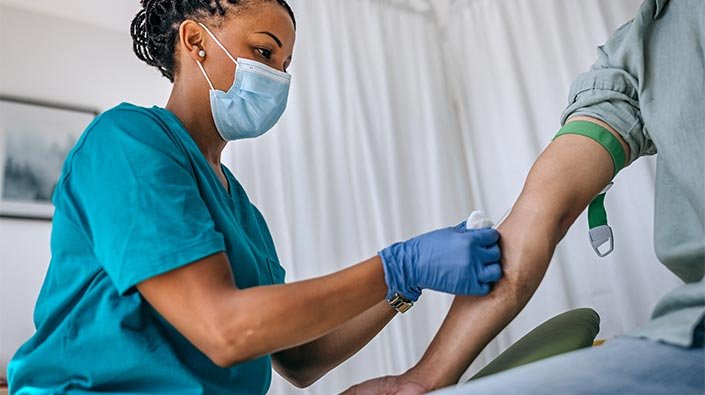Strategies for Staying Updated on Medical Equipment and Supplies in Hospitals
Summary
- Hospitals need to stay updated on the latest advancements in medical equipment and supplies to provide the best care to patients.
- Attending nursing conferences can provide valuable insights into new technologies and products in the healthcare industry.
- Hospitals can implement strategies such as creating a dedicated team for equipment procurement, fostering partnerships with vendors, and investing in staff education to stay updated on the latest advancements.
Introduction
In the constantly evolving healthcare industry, hospitals need to stay updated on the latest advancements in medical equipment and supplies to provide the best care to their patients. One way hospitals can stay informed about new technologies and products is by attending nursing conferences where industry experts showcase the latest innovations in healthcare. In this article, we will discuss strategies that hospitals can implement to ensure they are up-to-date on the latest advancements in medical equipment and supplies as presented at nursing conferences.
Creating a Dedicated Team for Equipment Procurement
One strategy that hospitals can implement to stay updated on the latest advancements in medical equipment and supplies is by creating a dedicated team for equipment procurement. This team would be responsible for researching new technologies, evaluating different products, and making informed purchasing decisions. By having a specialized team focused on equipment procurement, hospitals can ensure that they are aware of the latest advancements in the industry and are able to incorporate them into their facilities.
Benefits of a Dedicated Equipment Procurement Team
- Improved knowledge and expertise in equipment procurement
- Ability to stay updated on the latest advancements in medical equipment
- Efficient decision-making process when purchasing new supplies
Fostering Partnerships with Vendors
Another strategy that hospitals can use to stay updated on the latest advancements in medical equipment and supplies is by fostering partnerships with vendors. By developing strong relationships with equipment suppliers and manufacturers, hospitals can gain insights into new technologies and products before they are widely available on the market. Vendors can also provide valuable information about upcoming advancements in the industry and how hospitals can best incorporate these into their facilities.
Advantages of Partnering with Vendors
- Access to early information about new technologies and products
- Potential for discounts and special deals on equipment purchases
- Opportunities for collaboration and innovation in healthcare solutions
Investing in Staff Education and Training
One of the most important strategies that hospitals can implement to stay updated on the latest advancements in medical equipment and supplies is by investing in staff education and training. By ensuring that their healthcare professionals are knowledgeable about new technologies and products, hospitals can better incorporate these advancements into their patient care processes. This can lead to improved outcomes for patients and a more efficient and effective healthcare system overall.
Benefits of Staff Education and Training
- Increased knowledge and expertise among healthcare professionals
- Ability to effectively use new technologies and products in patient care
- Improved patient outcomes and satisfaction with care
Conclusion
In conclusion, staying updated on the latest advancements in medical equipment and supplies is crucial for hospitals to provide the best possible care to their patients. By attending nursing conferences, creating a dedicated team for equipment procurement, fostering partnerships with vendors, and investing in staff education and training, hospitals can ensure that they are aware of new technologies and products in the healthcare industry. By implementing these strategies, hospitals can stay ahead of the curve and continue to deliver high-quality care to their patients.

Disclaimer: The content provided on this blog is for informational purposes only, reflecting the personal opinions and insights of the author(s) on the topics. The information provided should not be used for diagnosing or treating a health problem or disease, and those seeking personal medical advice should consult with a licensed physician. Always seek the advice of your doctor or other qualified health provider regarding a medical condition. Never disregard professional medical advice or delay in seeking it because of something you have read on this website. If you think you may have a medical emergency, call 911 or go to the nearest emergency room immediately. No physician-patient relationship is created by this web site or its use. No contributors to this web site make any representations, express or implied, with respect to the information provided herein or to its use. While we strive to share accurate and up-to-date information, we cannot guarantee the completeness, reliability, or accuracy of the content. The blog may also include links to external websites and resources for the convenience of our readers. Please note that linking to other sites does not imply endorsement of their content, practices, or services by us. Readers should use their discretion and judgment while exploring any external links and resources mentioned on this blog.
